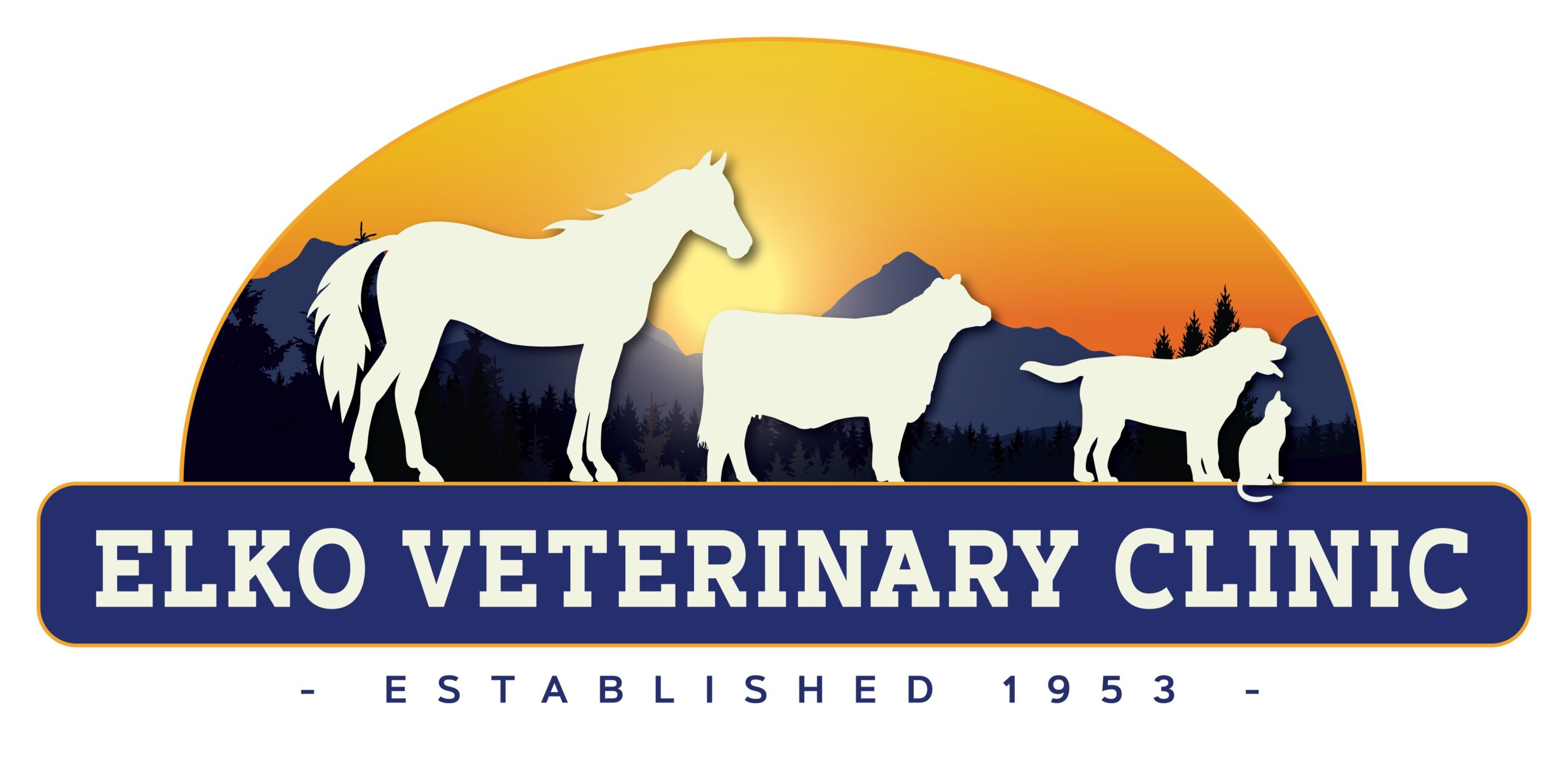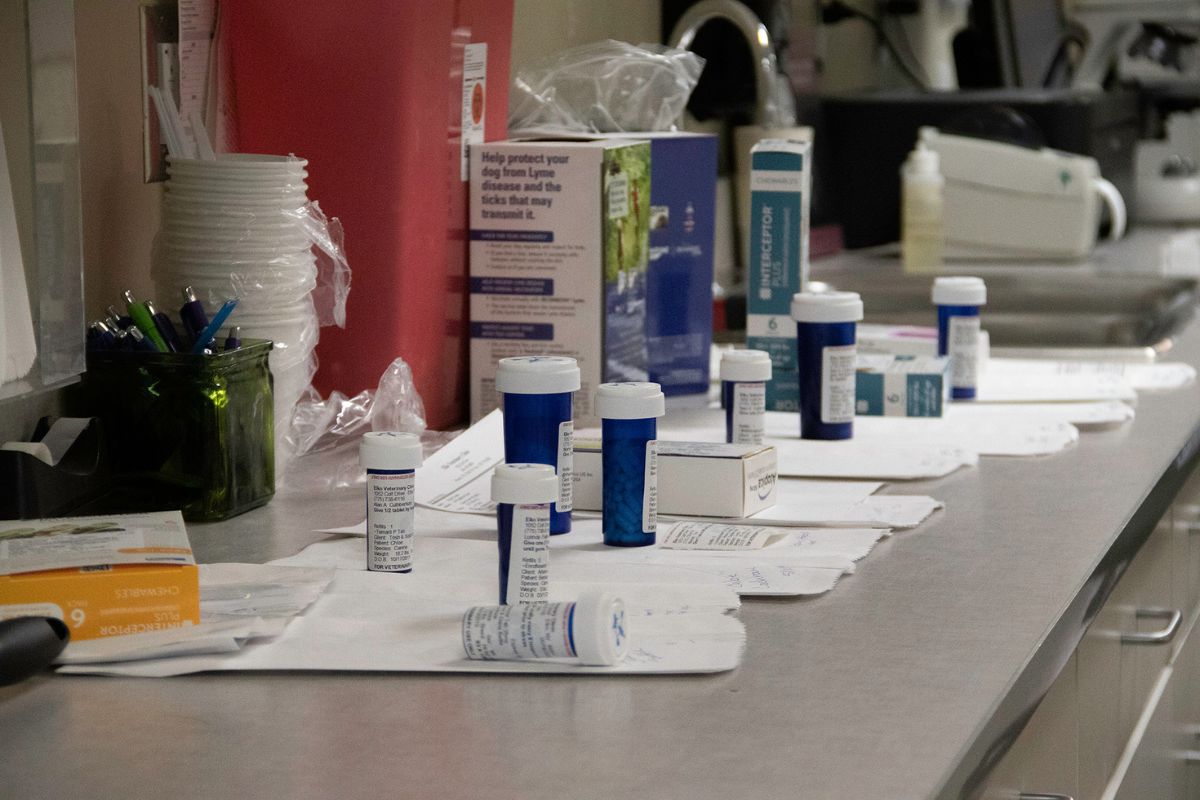Veterinary Services
Pet Vaccines
Protect your beloved pets with pet vaccines in Elko, NV, at Elko Veterinary Clinic. Vaccinate puppies, kittens, dogs, cats, and rabbits against infectious diseases following guidelines for a healthy, happy life.
Comprehensive Pet Vaccinations
Like humans, animals can be affected by infectious diseases, some of which can be transferred to humans. As responsible pet owners who want to keep their animals safe and healthy, we highly recommend that you vaccinate them according to current guidelines.
Puppies and Kittens
Puppies and kittens receive initial protection against infectious diseases from their mother’s milk as long as she has been regularly vaccinated. However, this protection only lasts for a few weeks, so your new addition will need to be vaccinated at an early age. Many puppies or kittens will go to their new homes having already received their first vaccinations, but check with their former owner when you collect them. If they have not yet been vaccinated, we recommend getting their first vaccinations done as soon as possible after taking ownership of them.
Dogs
Your canine friend should be routinely vaccinated against the following:
Leptospirosis: This is a bacteria-based disease usually spread by infected water. It causes fever, lethargy, vomiting, bloody diarrhea, and jaundice in your pet. Severe infections can cause organ failure and death. It can be treated by antibiotics, but the bacteria can be carried for months afterward, and their urine will remain a health hazard to both other animals and humans. Leptospirosis in humans can be fatal.
Canine distemper virus: Spread by bodily fluid contact, there is no specific treatment, and dogs with severe symptoms often die. Those who survive commonly have neurological difficulties later in life. Symptoms include fever, coughing, diarrhea, and vomiting.
Canine parvovirus: Spread by contact with feces from infected dogs, it mainly affects puppies but can also be seen in dogs that have not had regular booster vaccinations. Symptoms include vomiting, diarrhea, and dehydration. Without treatment, 80% of dogs with parvovirus will die. Treatment has an approximately 85% success rate.
Infectious canine hepatitis: Infection is passed via bodily fluid contamination, and the virus can survive in the environment for prolonged periods. There are two types of the virus: a kennel cough-type infection and a liver infection (hepatitis). Symptoms are almost identical to parvovirus. The symptoms can be treated rather than the main disease, but most dogs will survive.
If your dog is going to spend time in kennels, they may also be vaccinated via the nostril against kennel cough, which is a combination of parainfluenza virus and bordetella bronchiseptica
Dogs traveling abroad should also be given a rabies vaccine
Cats
Your feline friend should be routinely vaccinated against the following:
Feline calicivirus: Commonly called ‘cat flu,’ its symptoms include sneezing, fever, discharge from the nose, eyes, and mouth ulcers. Spreads via cat-to-cat contact, airborne contact, or contamination of the living environment. Vaccination prevents some strains but not all.
Feline herpes virus: This virus is spread by saliva or discharge from the nose and eyes of infected cats and can also survive in the environment. Like feline calicivirus, it is a type of ‘cat flu,’ as its symptoms include fever, sneezing, conjunctivitis, and discharge from the eyes. Once a cat has had feline herpes, it is infected for life and may suffer recurrent flare-ups that are treated with antibiotics and eye drops.
Feline infectious enteritis: This virus is spread by the feces and urine of infected cats. It attacks the animal’s immune system, leaving the animal unable to fight infection. Pregnant cats can transmit the disease to their kittens while they are in the womb. Symptoms include fever, seizures, vomiting, diarrhea, and dehydration.
Cats dubbed ‘at risk’ should also be vaccinated against feline leukemia virus: This disease is thought to require very close contact with infected cats to be spread, such as milk from mother to kitten or bite wounds. It is much more common in city areas and among unneutered and stray cats. Multi-cat households also present a higher risk. The symptoms include poor body condition and coat, anorexia, diarrhea, and jaundice. The virus attacks the bone marrow, which results in leukemia and sometimes lymphoma.
Rabbits
Rabbits are also at risk from infectious diseases and two in particular can cause intense suffering for them. These are:
Myxomatosis is a virus spread by fleas, mites and biting flies such as mosquitos. It is common in rabbits and can cause death for them within two weeks of being infected.
The early symptoms include puffy and swollen eyes, ears and face which can cause blindness. These then spread to the anus and genital area. Your rabbit will also have a high fever and will struggle to eat or drink.
Myxomatosis is spread from rabbit to rabbit very quickly, and thrives in unclean environments.
Vaccinated rabbits may catch milder forms of the disease and recover with veterinary care. However, recovery for an unvaccinated rabbit is extremely rare and euthanasia is considered the most humane option for them.
Rabbit Viral Hemorrhagic Disease (RVHD): RVHD is spread from rabbit to rabbit only by contact, but it can live within the environment. It causes high fever, internal bleeding, and liver disease, and bloodstained fluid around the nose and mouth may sometimes be seen in post-mortems of affected animals.
It is almost always deadly, and there is no effective treatment against it. Vaccination is the only way to avoid it.


